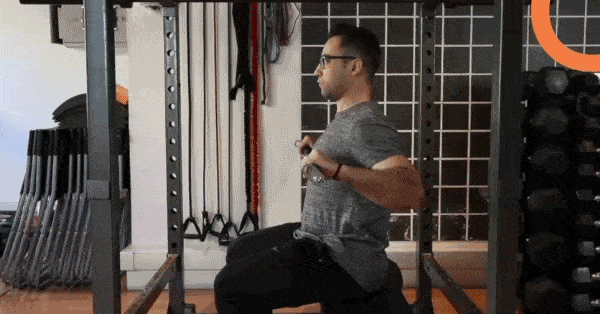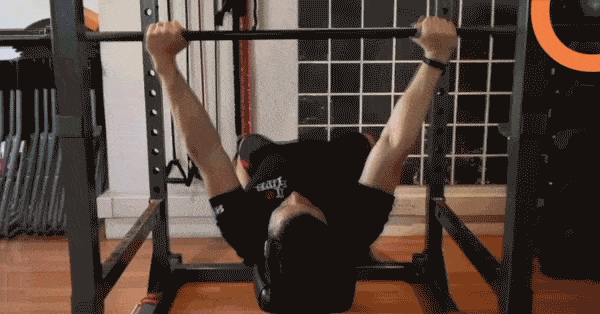No one wants to be injured. It’s often painful. It can slow down your potential to achieve results and, frankly, it’s just very annoying!
What can you change right now in your training to reduce your risk of injury?
Here are our top five recommendations:
1. Use micro-progression
Problem: Progressive overload is a key component of training. Unfortunately, no matter how fast you’d like to change, your body can only adapt in tiny steps at the cellular and chemical level – RTS 2.
Solution: Start small. Progress small. Keep improving. A little stress is a good thing – too much is not. Would you run a marathon if you had never been running before? No! So don’t begin 5×5 reps of barbell squats at your 5-rep maximum.

2. Make the exercises fit you
Problem: We are all unique, yet many of us try to make our bodies conform to exercises, rather than the other way round.
Solution: Don’t blindly follow traditional methods. Customise individual exercises to suit your needs. For example, it’s not appropriate for everybody to do squats with their feet hip-width apart. It might work for me because I have short legs, but if you have a long femur, your joints and spine may appreciate a wider stance.
3. Respect the exercise-specific active range of motion
Problem: Whatever exercise equipment we use, we must respect the active range of motion that our central nervous system (CNS) permits. If your body can’t assume a position naturally, allowing a barbell to drive you there may put you in an unstable position with potentially dangerous consequences for your joints and muscles.
Solution: Try this. Sit upright and grab a stick in the same way you would perform a bench press. Slowly pull the stick towards your chest. How close can you bring it? That is your ‘setting’ for today. When you’re doing a bench press, don’t allow the bar to touch your chest if you couldn’t otherwise get it there without the extra load.

4. Be aware of your body
Problem: Recognising when you’ve done too much and must rest is challenging because there are so many variables within your body.
Solution: Start by monitoring your heart rate every morning. Whenever you find the rate is above [your] average, take it as a sign to pull back slightly and allow your body to recover.
You can also use a range of motion as a tool. If you find one or more muscles have become inhibited, then you have exceeded the threshold of your muscular system. Inhibition is normal in the short term and can potentially show up in restrictions or tightness – this is your body trying to protect your joint by compensating with other muscles.
We will explore this topic more thoroughly in a future post.
5. Stay in control
Problem: You are following the rules of your body and exercise, but your execution is letting you down.
Solution: It doesn’t matter what your goal is, the range of motion that you explore, or the speeds that you execute, at all times you must stay in control. On average, gym users train at a speed of 1.0.1.0, meaning they move the weight up for one second (concentric) and down for one second (eccentric), often bouncing the weight or throwing it to achieve the set reps.
Our top tip to improve control? Slow it down! Try 4.1.2.0 or even 10.2.10.2. Reducing speed can have a massive impact on your physique and performance. It also reduces the risk of exceeding your range of motion and muscle thresholds.
Not sure what I mean? I’ll discuss this in a future post.

Bonus Tip: Plan your training!
Planning your training can help you track both volume and rest periods.
Too much volume, without adequate rest and recovery, is a recipe for overuse. You could repeatedly hit the same positions and motions, with the same intensity and time. Such repetition means you’re not only using those specific variables too much, but you’re also missing out on the performance benefits to be found elsewhere on that exercise spectrum.
An essential factor in your long-term programming is to plan for periods of detraining and rest. When was the last time you took a week off training? Try it. Then start training again and tell us about the change in your performance.
These tips are just a selection of the recommendations we give to our clients. For those seeking help recovering from injury, it means a much quicker recovery. For those trying to improve their training, it means they can make steady progress, uninterrupted by injury.